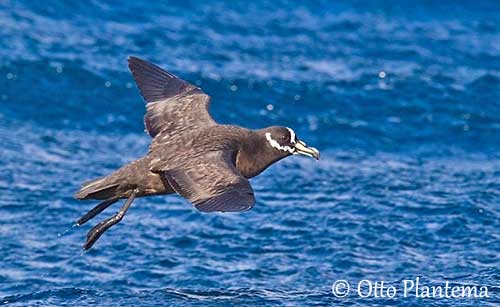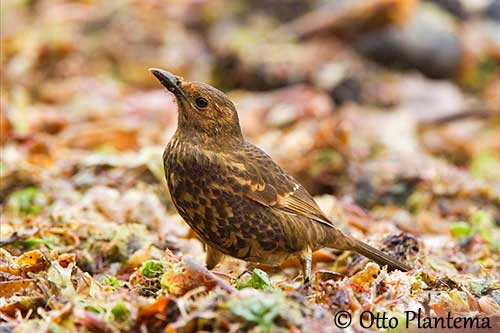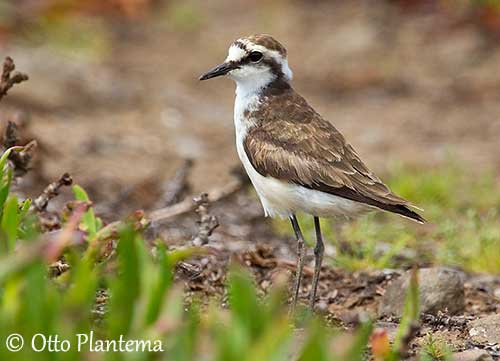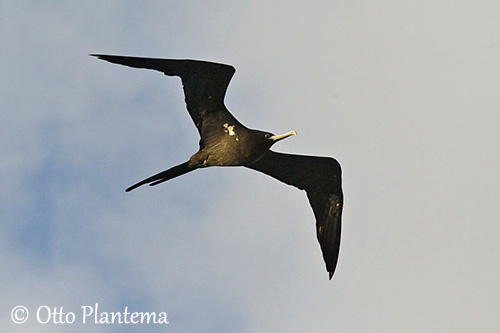

Photographer:
Otto Plantema
Trips around the world
Sources:
A Complete Guide to Antarctic Wildlife by Hadoram Shirihai and Illustrated by Brett Jarrett - Edited by Guy M. Kirwan - ALUL.A Press Oy, Finland - ISBN 9519894705
BirdLife International (BirdLife International)
Wikipedia, the free encyclopaedia
UK SUB ANTARCTIC ISLANDS
ENDEMIC BIRD SPECIES
The UK Sub Antarctic Islands include several islands such as South Georgia and South Sandwich Islands - Falkland Islands - St Helena - Ascension and Tristan da Cunha archipelago.
South Georgia and the South Sandwich Islands are remote areas lying at about 1600 kilometres N Antarctic in the South Atlantic Ocean. Snow and glaciers cover almost permanently the more than 3700 square kilometres of South Georgia, and mountains reach 3000 metres of elevation. However, at lower elevation, the numerous bays shelter sparse herbaceous vegetation.
South Georgia is home of numerous seabirds such as albatrosses and penguins. Both islands are managed, as well about visitors as protection of the wildlife, the native flora and fauna.
The flora is dominated by low herbaceous plants and tussac grasslands which are suitable habitats for both native and introduced animal species.
Endemic bird species:
South Georgia Pipit - Anthus antarcticus - Pipit antarctique
South Georgia Shag – Leucocarbo georgianus – Cormoran géorgien

Tristan da Cunha archipelago is a remote group of volcanic islands in the South Atlantic Ocean, lying 2800 kilometres from the nearest land, South Africa, and 3360 kilometres from South American.
Tristan da Cunha is the main island with an area of 98 square kilometres. The other islands are smaller, with Nightingale Islands which is uninhabited, whereas Inaccessible and Gough Islands are wildlife reserves.
They are part of the UK overseas territory of Saint Helena, Ascension and Tristan da Cunha.
The main island is quite mountainous, and the highest peak is a volcano of 2062 metres, the Queen Mary’s Peak, covered by snow in winter. The smallest islands are uninhabited except the weather station on Gough Island.
This region has a wet oceanic climate with rainfall and limited sunshine due to persistent winds. Temperatures are pleasant.
Tristan is well known for its wildlife. This is an important bird area where seabirds and penguins are present. The endemic Tristan Thrush is present on all the northern islands and each has its own subspecies.
Tristan da Cunha archipelago:
Endemic bird species:
Spectacled Petrel – Procellaria conspicillata – Pétrel à lunettes
Gough Finch - Rowettia goughensis - Rowettie de Gough
Inaccessible Island Rail – Atlantisia rogersi – Râle atlantis
Inaccessible Island Finch – Nesospiza acunhae – Nésospize acunha
Nightingale Island Finch - Nesospiza questi - Nésospize du Quest
Gough Island Moorhen - Gallinula comeri - Gallinule de Gough
Tristan Thrush – Turdus eremita – Grive de Tristan da Cunha
Wilkin’s Finch or Grosbeak Bunting – Nesospiza wilkinsi – Nésospize de Wilkins

Saint Helena is a remote island which has volcanic origin and occurs in South Atlantic Ocean, more than 2000 kilometres from the nearest land (Africa). It is associated with Ascension Island about 1300 kilometres due NW in more equatorial waters, and Tristan da Cunha about 2430 kilometres to the South. The area is 122 square kilometres, mainly composed of rugged terrain of volcanic origin. The forest covers the centre, and the highland areas shelter most of the island endemic species of flora, fauna, insects and birds. The coast is made of barren volcanic rocks. The highest peak is the Diana’s peak at 818 metres.
The island is an important area for conservation, with the endemic Saint Helena Plover or Wirebird, and for seabirds breeding on the offshore islets.
Endemic bird species:
St. Helena Plover or Wirebird - Charadrius sanctaehelenae - Gravelot de Sainte-Hélène

Ascension Island is an isolated volcanic island, about 1600 kilometres from the African coast, and 2250 kilometres from the South American coast in the South Atlantic Ocean. Saint Helena Island is around 1300 kilometres to the SE.
The highest point, the Green Mountain, is at 589 metres of elevation.
The endemic flora includes numerous plant species, and the Green Mountain is a lush halo of bamboos, and there are large strands of Norfolk Pines on one side.
Ascension Island, with its suitable marine habitat, is identified as Important Bird Area, as a breeding site for seabirds.
Endemic bird species:
Ascension Frigatebird – Fregata Aquila – Frégate aigle-de-mer

The endemic landbird species of these islands have been led to extinction by introduced predators brought by humans. St Helena Island was discovered in 1502, but this is mainly in the early 17th century that this island became a step for mariners on the route of India. Ascension and Tristan da Cunha archipelago were annexed by the British Government in 1815, and the endemic species of these islands suffered the same fate.
Falkland Islands (See this page)
Falkland's endemic species:
Cobb’s Wren - Troglodytes cobbi – Troglodyte de Cobb
Falkland Steamerduck - Tachyeres brachypterus - Brassemer des Malouines